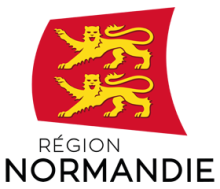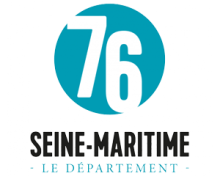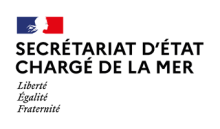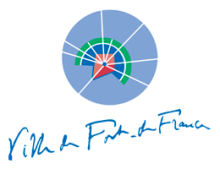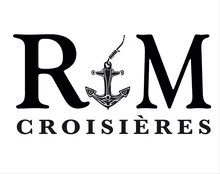“I have just woken up and feel good,” said Baptiste Hulin (AMIPI - Tombelaine Coquillages). At the start of the race, nights were very short or did not exist at all. When sailing double-handed, each duo finds a way to manage watches. They take it in turns at the helm and resting. They look after each other and the boat. In a race like this, there is no way to get a night’s sleep. In general, the skippers grab naps lasting 1/4h and up to three hours.
"We found our rhythm after the front at the start of the race,” explained Violette Dorange (DeVenir). "We managed to settle into a good rhythm. We do watches lasting two hours and feel much more rested than at the start of the race." In the low-pressure systems, the watches are in general much shorter, as Pierre Quiroga (Viabilis Océans) explains, "We get about an hour, which isn’t much. We got about an hour each. Since the ridge of high pressure, it’s been easier.”



















